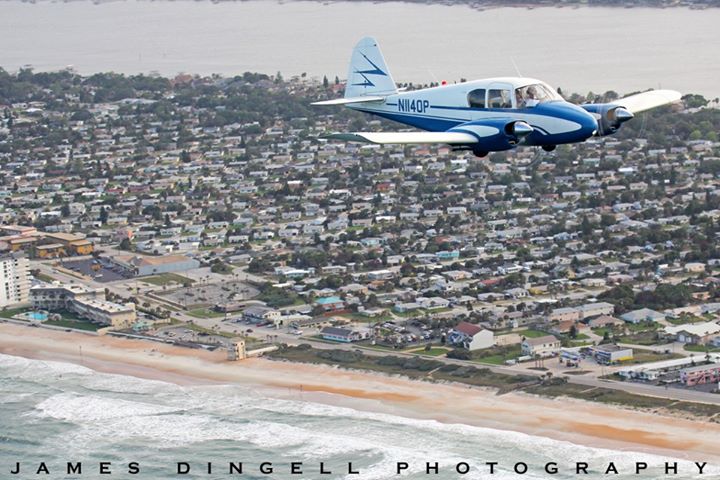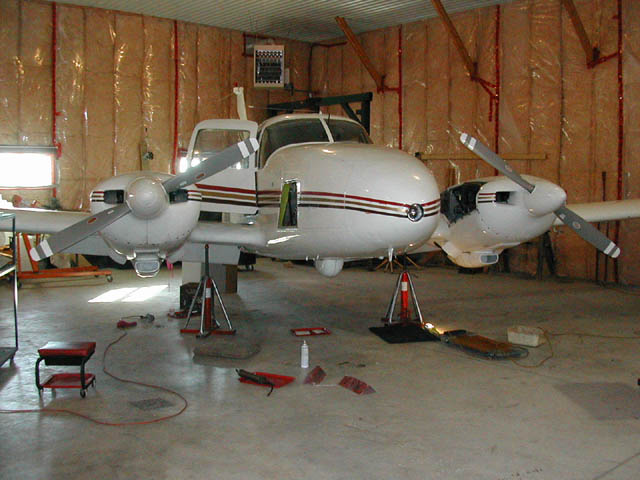It’s been another busy few weeks in Sunny Florida!
Career Services put on its second annual Government Agency and Non-Profit Career Fair and its almost time for the first test of the semester in most of my classes.
On February 11, the Government Agency and Non-Profit Career Fair took place; this Career Fair is a bit different from our Career Expo in the fall. For starters, it’s smaller than the Expo, and it is a bit more specialized which allows students to have the opportunity to speak face-to-face with government agencies and non-profits. More than 20 agencies attended the event, including NASA, the Peace Corps, the Federal Aviation Administration, Center for Space Nuclear Research, and the Federal Bureau of Investigators (FBI). Even as a Business major, it is worthwhile to attend as there are opportunities with the FBI and a few airports that attended the event.
I really enjoy being a part of the Career Services team and helping our at the Career Fair. A lot of work goes into the events, and it starts well before the Career Fair and Industry/Career Expo.
Program Managers hold “prep sessions” in the evenings to help prepare students for the events. During these mini-workshops, they assist with elevator pitches, review resumes, and provide general advice on navigating the Expo. Although, students can go to the office to schedule an appointment with their Program Manager to receive career/internship advisement, resume help, mock interviews, and many other services. Also, there are resources on the website, including sample resumes, and it is also worthwhile to read spotlight stories from alumni, Career Services staff, and even current students on the Going Places blog.
Back in May 2013, I was a prospective student who hoped to attend Embry-Riddle Aeronautical University to pursue an aviation business degree. I followed Career Services on Twitter as I wanted to start learning more about the department and some of the events they put on, and on one early Saturday morning, Embry-Riddle Career Services followed me back on Twitter. I sent a Direct Message (DM) thanking them for following me as well as to see if they had any recommendations as to who would be a good contact to learn more about the admissions process; Monday morning, I received an email from an Admissions Counselor seeing how he could best answer my questions, and he was a huge help through the whole process. I never imagined how much interacting with Career Services on Twitter could help me, and I never would have thought that I would eventually become a Student Assistant for them about a year ago.
I really enjoy having the opportunity to work with the staff and the opportunity to assist my fellow students.
Even as an incoming freshman or perspective student, the Career Services Staff is happy to help!






